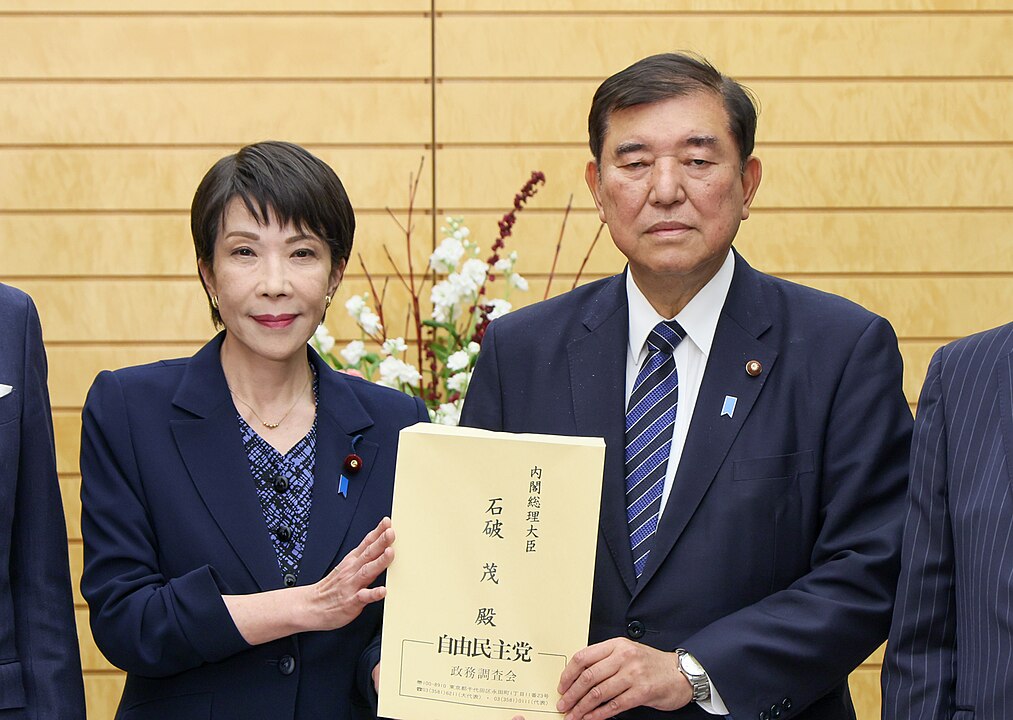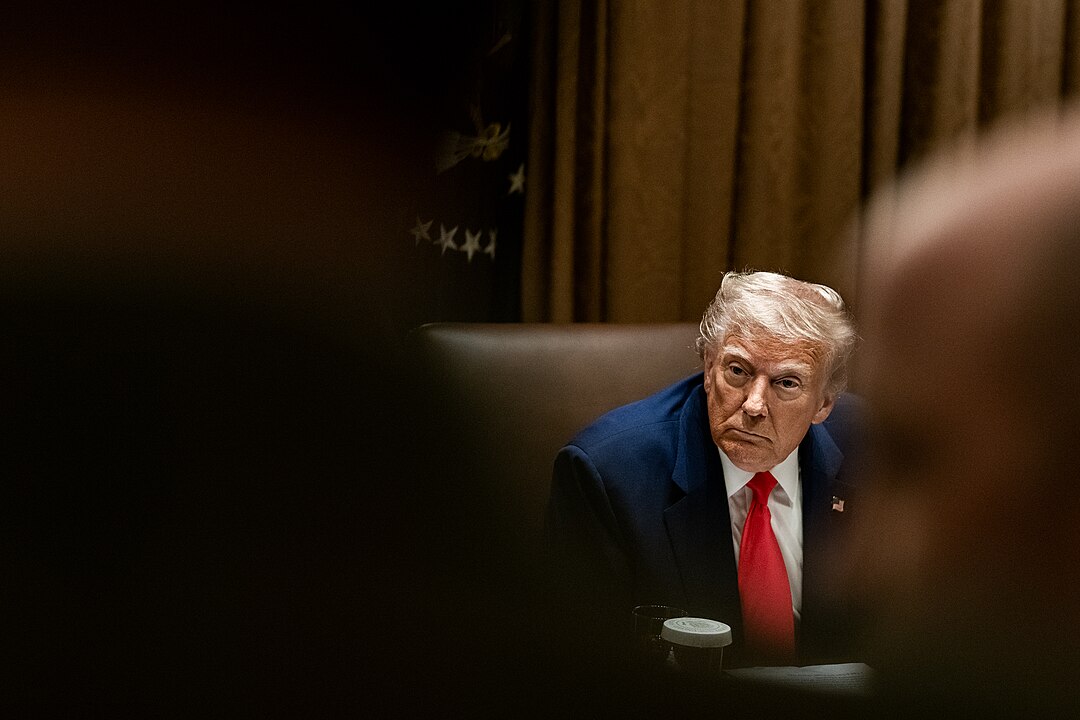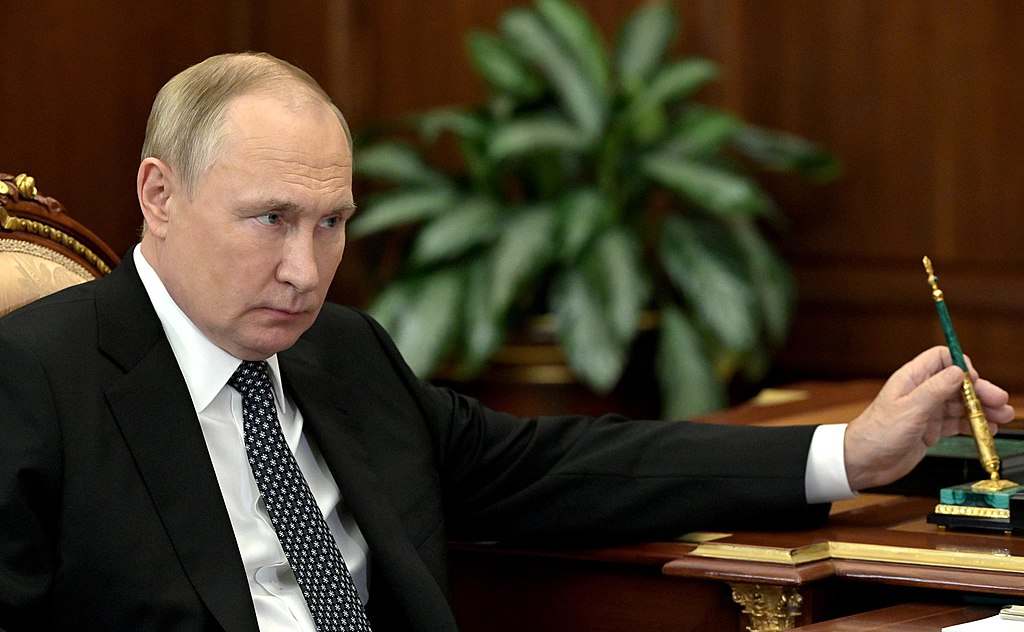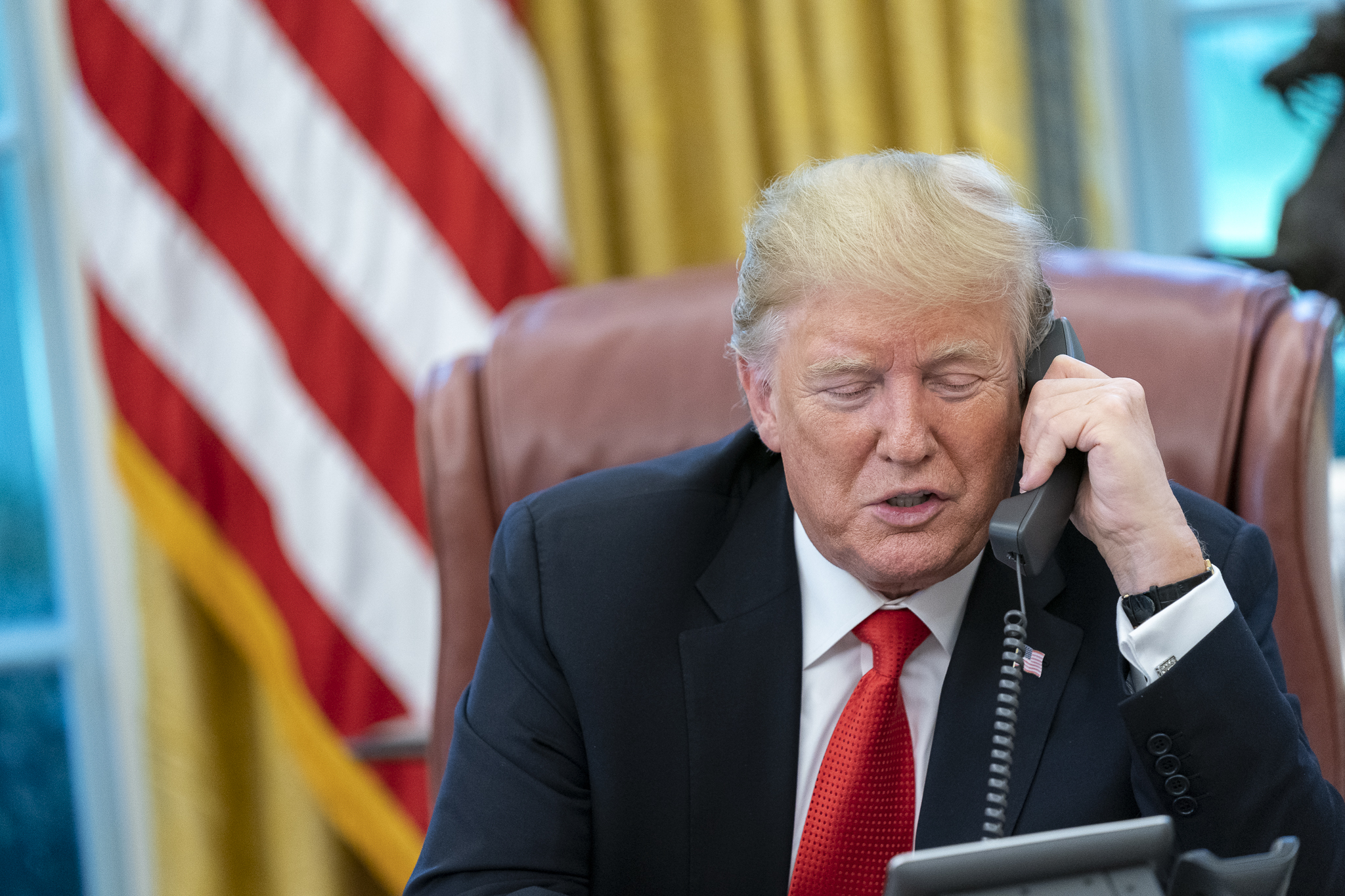President Donald Trump arrived in Tokyo on Monday, offering warm and affirming comments about Japan’s newly minted Prime Minister Sanae Takaichi, saying she “hears phenomenal things” and expressing optimism about the U.S.–Japan partnership. This marks a pivotal moment in the Indo-Pacific, and for the U.S. alliance network under Trump’s renewed focus.
Takaichi, age 64, became Japan’s first female prime minister just this month, following the resignation of Shigeru Ishiba in the wake of the ruling Liberal Democratic Party (LDP)’s loss of its upper-house majority in July.
A protégée of former Prime Minister Shinzo Abe, she has already made clear her intention to move aggressively on defense, constitutional reform and aligning with the U.S. on regional challenges — all areas where the Trump-led administration sees opportunity.
In Tokyo, Trump and Takaichi are set to address a wide range of issues that resonate deeply with the Republican foreign-policy agenda: boosting Japan’s defense spending, strengthening naval and shipbuilding cooperation in the face of an assertive China, and reinforcing the U.S. alliance system as the keystone of American strength in Asia.
From Washington’s vantage point, Takaichi’s hawkish stance on China and commitment to Japan’s military modernization make her a natural partner for President Trump’s “America First” agenda — adjusted to reflect “Alliance First” in key regions where U.S. strength depends on strong allies. As Asia analyst Gordon Chang put it: “She’s a hawk on China … that’s exactly what’s needed right now.”
Beyond bilateral defence ties, Trump’s three-day visit also underscores his broader Asia strategy. He is visiting Japan from October 27 to 29 as part of a larger tour that will take him to Malaysia and South Korea, including the Asia‑Pacific Economic Cooperation Summit (APEC).




